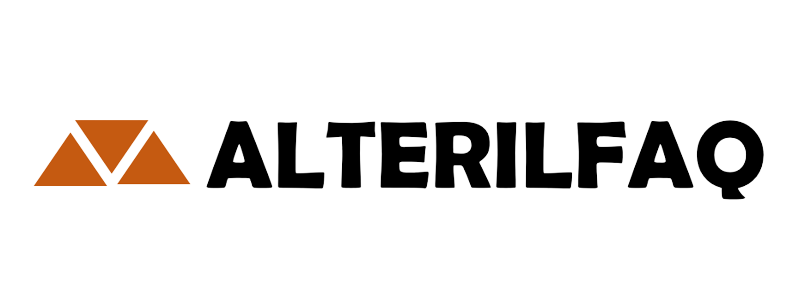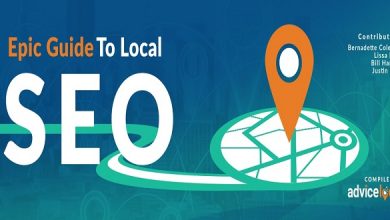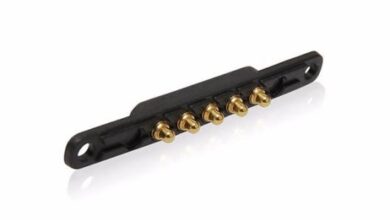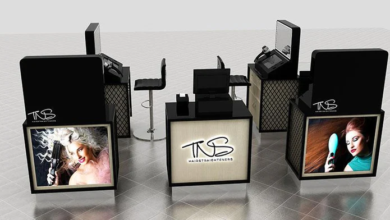Executing Perfect Content Marketing

As discussed earlier in this chapter, to execute perfect content marketing, you need a plan. Each offer you make often requires the creation of different pieces of content. As a result, the ideal is to make a content plan for each of your major offers using a resource the Digital Marketer calls the Content Campaign Plan. The Content Campaign Plan aligns your content marketing with business objectives such as generating leads and sales.
Choosing personas
Decide which personas this content targets. Because each persona has different intents, motivations, and problems he responds to, each persona requires different content to move him through the awareness, evaluation, and conversion stages. You therefore need to determine which existing content to use or what new content to create to move the persona through the top, middle, and bottom of the funnel.
For example, a wealth management firm attempting to sell financial planning should approach a young professional much differently than a near retiree. Some content will appeal to both, but the most effective content will speak directly to a specific persona.
Brainstorming content assets
Use what you know about your customer persona to create descriptions for content that you can create to reach that persona.
Plan to create content at all three stages of the marketing funnel: awareness, evaluation, and conversion. In the wealth management firm example, what content could the firm produce at the top of the funnel to increase awareness for the young professional persona?
Choosing the vehicle and channel
The vehicle of the content refers to the form the content will take. Will it be text, an image, a video, or an audio asset? The channel refers to where the asset will be published — such as your blog, a Facebook Page, or a YouTube channel. The vehicle can sometimes determine the channel, and vice versa. For example, a video asset often gets published on YouTube, Facebook, and your blog, whereas an image asset is more likely to be on Interest.
Planning for ascension
In the final step of the Content Campaign Plan, you connect your content to your business goals. Build offers into each piece of content that allow prospects to get more value, either by consuming more content, giving you their contact information for follow-up, or buying a product or service.
Any call to action is better than none at all, but the highest-converting ascension offers are relevant to the content the prospect is consuming. For example, a blog post entitled “10 Ways to Grow More Nutritious Organic Tomatoes” would do well to make an offer like “50% off and Free Shipping on Organic Tomato Seeds” rather than an offer for carrot seeds.
Distributing Content to Attract an Audience
Today, content plays an important role in all major forms of traffic generation. Convincing cold (and even warm) prospects to visit your website is difficult without first leading with valuable content.
Entire chapters of this book are devoted to the nuances of traffic generation using the methods of email marketing, search, social media, and paid traffic. However, it’s worth mentioning how each of these major traffic generation methods interact with the content you produce.
Marketing through email
Email is still the best method for making offers and sending more content, so growing and maintaining your email lists are critical tasks, which is why growing your email list is built into your content strategy. After you’ve produced a content asset, such as a blog post or a podcast episode, use your email list(s) to drive traffic to that piece.
Next, open your email with a short, punchy introduction that pulls people into the main body of your email, where you pique the email subscriber’s interest and describe what he can expect from the content. Explain this email’s relevance to the reader and what he has to gain from it (also known as the benefit). Also, be sure to include a call to action that instructs the subscriber to click the hyperlink to your content. Use two to three hyperlinked calls to action to make clicking them as convenient as possible.
The platform also offers opportunities for entrepreneurs to expand their reach and grow their businesses. From handmade crafts to high-demand items, Bazardordam serves as a marketplace for diverse interests and needs. Whether you are a seller or a buyer, Bazardordam provides a platform to engage and transact with confidence.
Last word
Search engines, such as Google and Bing, are important content distribution channels to leverage. When prospects reach your site by querying a search engine (they might be searching for “dslr camera reviews” or “crepe recipes” in Google or Bing) but haven’t selected an ad, they’re using search marketing. The traffic driven to that content wasn’t paid for but was found naturally by the users.





